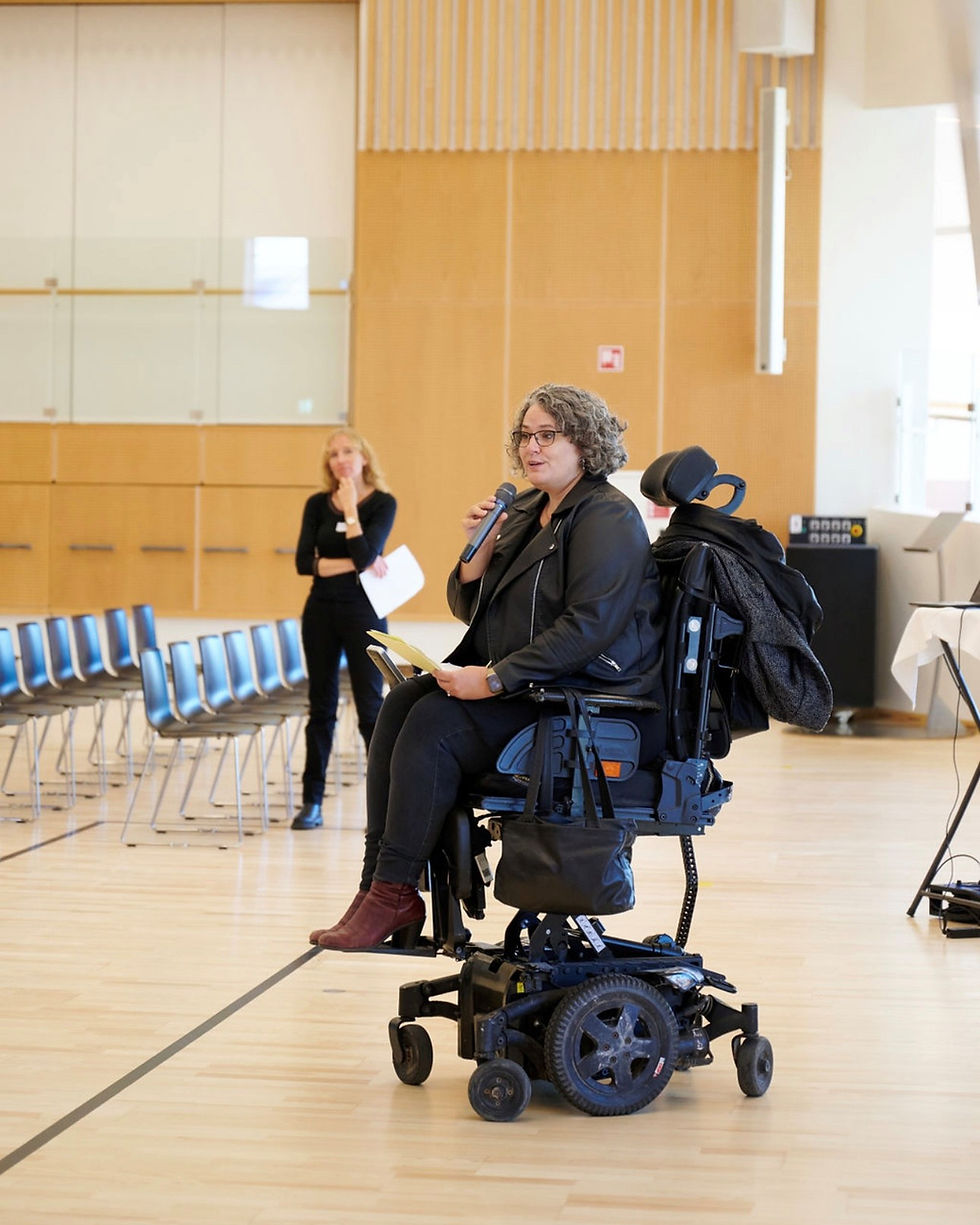Inclusion is the way forward
- The International
- Aug 2, 2021
- 3 min read

Fitting in through joining associations.
Photograph: iStock
Text: Narcis George Matache
There is no exact definition of integration. At least, not a generally accepted one. There are just as many views over what integration is as there are people. In every person's imagination, a sea of clay is used to construct human-like figurines of all shapes and sizes, with different characteristics. Newcomers are asked to morph into those clay figurines on arrival, and if you can resemble those clay figurines – great! But, unfortunately, you will never live up to everyone's standards.
You could say that integration is a long process of hazing (the "good" ol' tradition of making a newcomer feel "welcome") that reduces in intensity once you start to fit the mould. However, we shouldn't forget that we aren't clay but people from a variety of cultures. Therefore, I think it's time to forget the narrative of integration and focus instead on inclusion.
The field of integration politics has been marred by the curse of the clay figurines. There is no coherent long-term strategy because a new person leads the field and tries to shape it after their own imagination every now and then. However, from all the strategies until now, three desired characteristics of an integrated person plays on repeat – speak Danish, secure a job and keep your "quirky" non-Danish values within the confines of your home.
The lure of integration? The much-sought-after Danish citizenship. By playing with the conditions you need to accomplish to what is quickly becoming more of a Holy Grail search, you force certain romanticised features upon the newcomers. The state restricts the freedom as much as possible for non-citizens to push them into seeking the sweet embrace of salvation that the citizenship lure promises.
"A nation is not defined by its borders or the boundaries of its land mass Rather, a nation is defined by adverse people who have been unified by a cause and a value system and who are committed to a vision for the type of society they wish to live in and give to the future generations to come." - Fela Durotoye
Unfortunately, the path of integration is not easy. Learning Danish can take years (on average), and the Danish institutions will make sure that you understand how not knowing the language doesn’t earn you the same level of service and respect. In addition, finding a decent job (within your field) with a non-Danish name can prove quite challenging, and it can take years (on average) - to name a few obstacles.
The path of integration is outdated. The new path of inclusion fits better with the modern times we live in and is born from the beating heart of Danish society - the associations. When 90% of the Danish people are members in at least two associations, 70% are active members, and 40% have been or are in leadership positions within an association, it becomes crystal clear where newcomers should also be.
Newcomers should be encouraged to join associations by making them visible, accessible and affordable. Visible by providing a welcome package containing all the associations active in the municipal area. Accessible by encouraging the associations to find solutions that would allow non-Danish speakers to participate in the activities. Affordable, by negotiating free trial periods with the associations, allowing newcomers to find their network.
The benefits for the inclusion of newcomers within the world of associations are unmeasurable. A newcomer will be able to make friends (by finding people with the same passions – which transcends ethnic markers) and create a network (which can reduce loneliness and increase chances for finding a job), learn Danish (by putting it into practice with other Danes – which can speed up the process quite significantly). In addition, it will get Danes more used to non-Danes (which can lead to positive changes within the issue of cultural misunderstandings).
The future of integration/inclusion lies within the boundaries of active participation in society.









